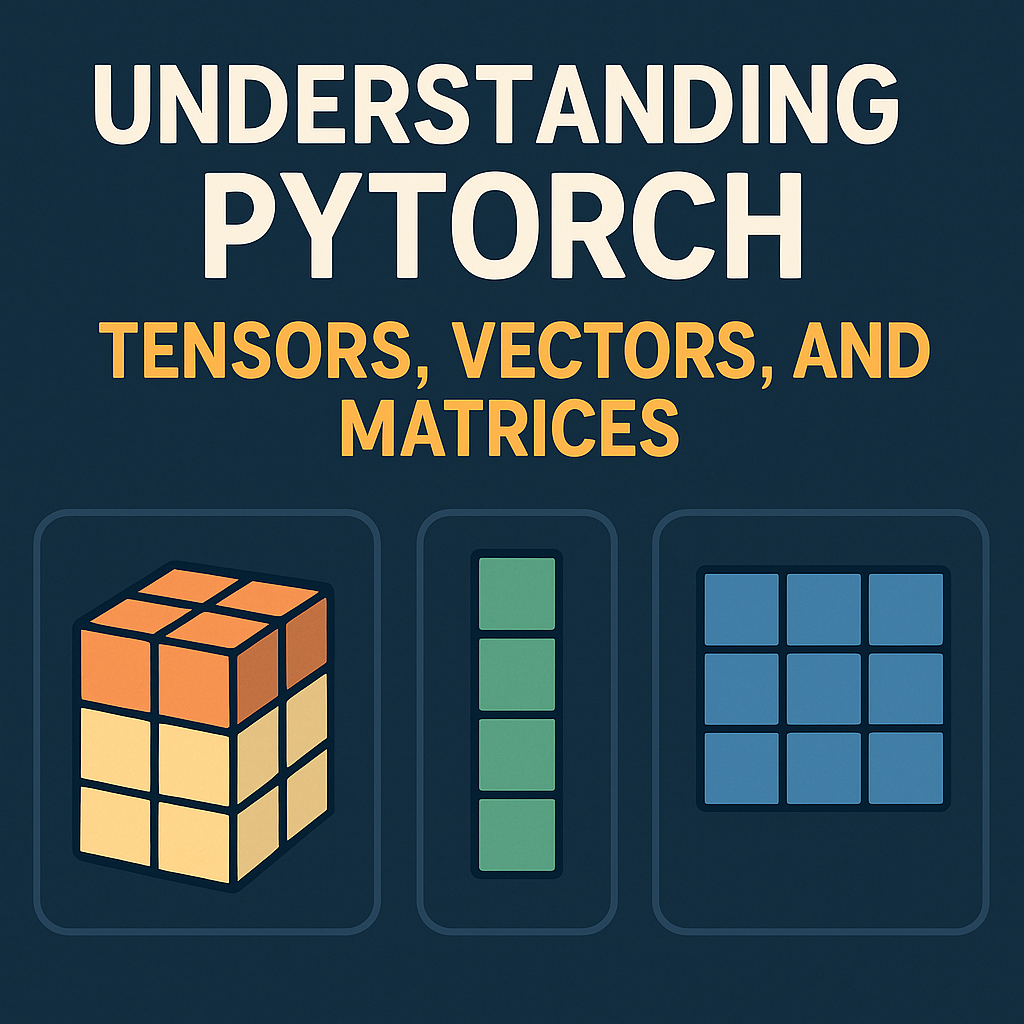Understanding PyTorch: Tensors, Vectors, and Matrices
Understanding PyTorch: Tensors, Vectors, and Matrices By: Bindeshwar Singh Kushwaha Institute: PostNetwork Academy What is PyTorch? PyTorch is an open-source deep learning framework. It supports dynamic computation graphs. Designed to be Pythonic and flexible. Commonly used for research and production in AI/ML. Types of Tensors A scalar is a 0-dimensional tensor. A vector is a […]
Understanding PyTorch: Tensors, Vectors, and Matrices Read More »

